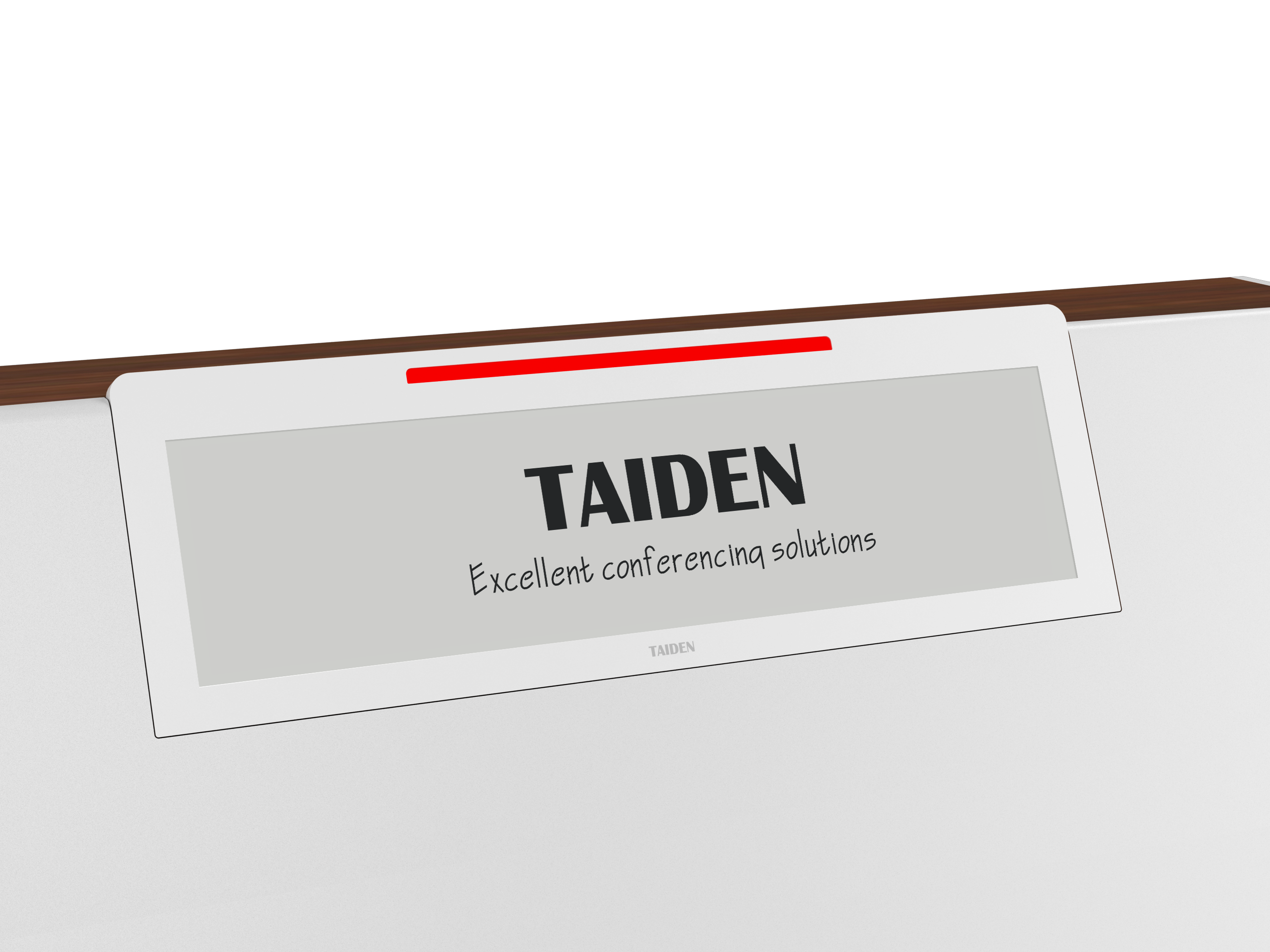Setting the Stage: Why the Table Card Became a Device
A name plate is no longer a folded card. It is a small endpoint on your network, with rules, states, and updates. In many venues, a digital name plate replaces paper tents to cut errors and speed changes. Picture a press-heavy summit: speakers swap, delegates arrive late, and a panel grows by two at the last minute. Studies of event ops show that up to a third of seating adjustments occur in the final hour, and each manual change can cost 8–12 minutes per room turn. You choose an electronic nameplate for conference to close that gap, but the details matter (a lot).

These devices live on PoE lines, sync via secure protocols, and often act like edge computing nodes at the table. They pull names, roles, flags, and seating from a central controller. The promise is simple: instant clarity, zero mix-ups. Yet you still ask a hard question: will this system hold up under real-time pressure and messy human flow? That is the right lens—direct, technical, and practical. Let’s compare what actually breaks and what truly improves next.

Hidden Friction You Don’t See on the Floor
What breaks first?
Direct answer: context breaks systems, not specs. Paper tents fail when names have diacritics, titles change, or bilingual layouts shift. Digital kits solve that, but bring new stress points. Wi‑Fi gets saturated. Font packs mismatch. The wrong encoding turns “Łukasz” into “Lukasz.” Look, it’s simpler than you think—if devices cache layouts locally and follow a clean fallback font set, names render right every time. That means secure sync, local storage, and deterministic rules. Add TLS and 802.1X to keep the line clean, and your updates are reliable under load.
Power is the next pinch. Battery handhelds are flexible, but recharging cycles slip during long plenaries. PoE deskside units remove that worry, but cabling paths and power converters must be planned with chair movement in mind. If a moderator pulls a table, strain relief saves ports. Latency also bites. Your change must propagate in under 2 seconds, or a chair calls the wrong speaker. A small controller near the hall reduces round trips and stabilizes the latency budget. Time sync (NTP), OTA firmware, and device health checks prevent slow drift—funny how that works, right? In short: clarity wins when power, fonts, and security are boring and predictable.
Beyond the Card: The Next Wave of Conference Identity
What’s Next
Now a forward look—semi-formal, side-by-side. The principle shift is simple: the display should act like paper under bright light, but behave like a node on your network. An e-paper display does that well. It sips power, holds an image with zero draw, and avoids glare under stage lights. Compared to small LCDs, the legibility in 800+ lux is consistent, and color accents can still highlight role or party. With NFC tap-to-assign, a steward can re-seat a delegate in two taps. A local controller queues updates, so even if the uplink hiccups, the table stays coherent. The net result is fewer spoken corrections, cleaner livestream captions, and less stress for the chair.
Fleet behavior is the real story. Devices should register as managed endpoints, accept profile pushes, and report status with plain signals: RSSI, battery (if any), and temperature near power modules. That makes failures visible, not surprising. Summing up the path so far: paper stumbles on speed and accuracy; basic digital fixes those but adds network risk; mature, low-power screens reduce that risk with calm, predictable refresh—without glare or heat. If you must pick today, use three checks. Readability: verify font size at 1.5–2.5 meters and contrast in lux levels of your venue. Update time: measure seat-to-screen latency in seconds across peak traffic. Reliability: track uptime percentage and recovery behavior after a pull or reboot. Choose on those numbers, and the brand name is just metadata in your plan—see how TAIDEN approaches such controls at scale.
